PART 4: IMPOSSIBLE PERPETUAL MOTION
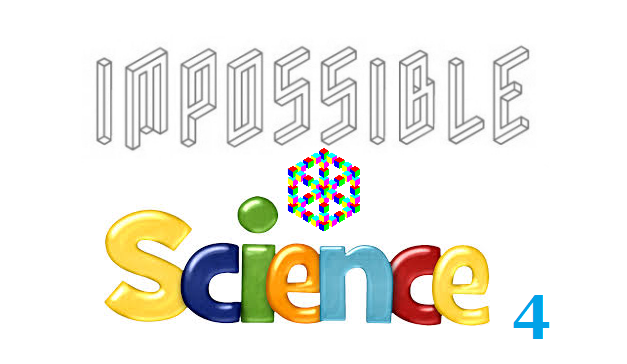
Impossible Science #1, #2,#3,#4
Perpetual Motion machines are designed to move endlessly without application of outside force.
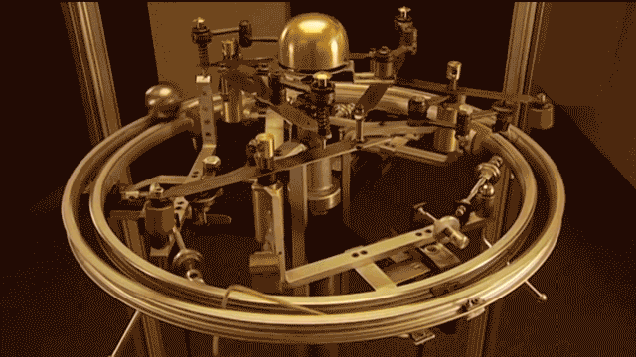
Inventors have created countless variations of such impossible machines . These so-called "perpetual motion" machines have always failed for one reason or another because they are impossible. The reason such machines never work is because they would produce more energy than they consume. Recent developments in Quantum physics teaches us that “empty space” actually contains vast amounts of untapped energy, which has motivated more recent efforts to obtain energy from nothing. Despite their best efforts modern attempts at perpetual motion machines will fail. Work for nothing or what scientists call a "free lunch" will remain forever impossible. Or will it?
A perpetual motion machine
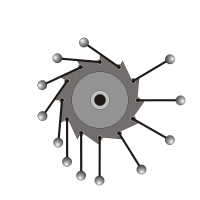
is a device that can do work forever without any external source of energy. Designs for these machines go back almost 1000 years, but these devices are impossible. Work is defined as a force acting through a distance. Some examples of work being done are when accelerating an object, overcoming friction, or gravity. The most common design for a perpetual motion machine is the unbalanced wheel. Hundreds of such devices have been proposed but actual models do not work. Flemish physicist Simon Stevin discovered the relevant fundamental principle of mechanics: A machine that does not change in some way cannot produce work.
Here are some examples of modern "perpetual motion" machines none of which work without cheating.
source gizmodo
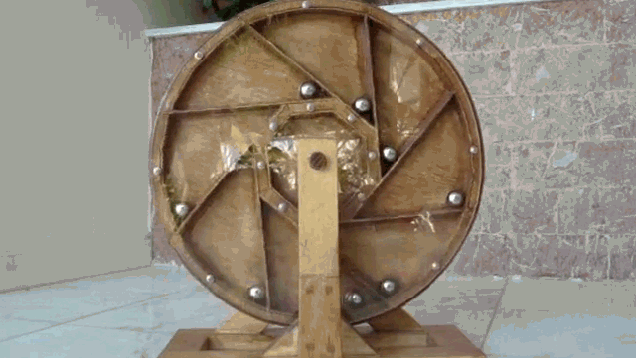
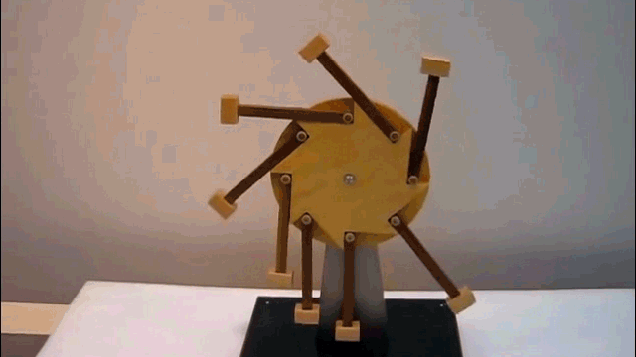
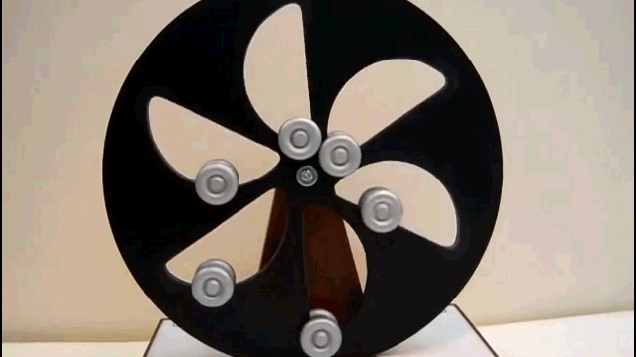
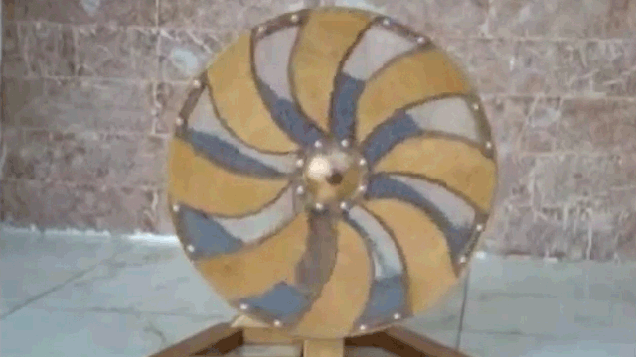
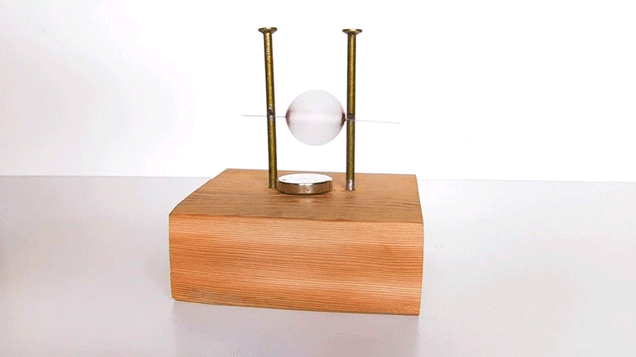
The Idea of energy
was introduced by physicists over the last few centuries, some of the most common types are kinetic and potential.
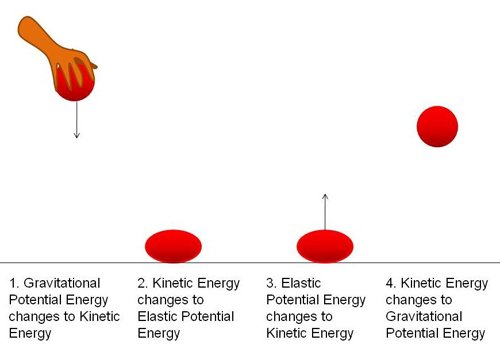
- Kinetic energy is energy an object possesses due to its motion through space. Faster speeds mean greater kinetic energy.
- Potential energy is energy an object possesses due to its position in space. An object that is placed higher in a gravitational field will have a higher potential energy.
- During the flight of a thrown ball with only gravity acting on it, the total mechanical energy (kinetic plus potential) remains constant.
Heat is another form of energy.
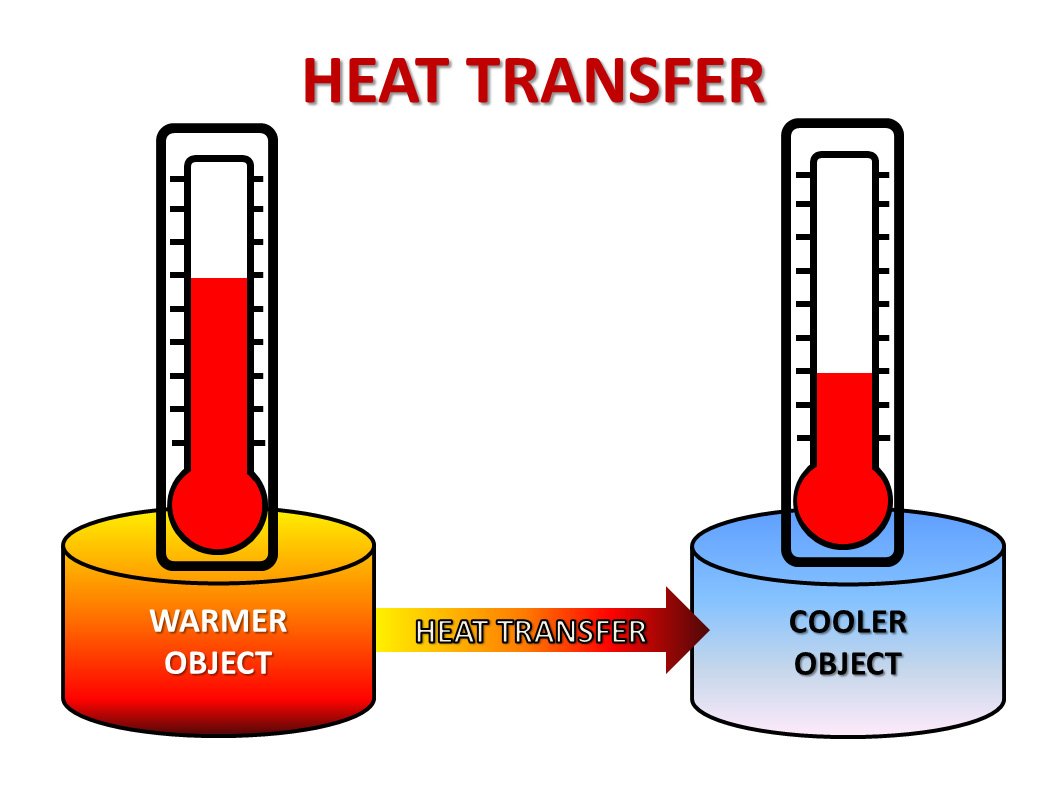
Heat was once believed to be an intangible fluid called caloric. Scientists believed that hotter objects contained more caloric than colder ones. Benjamin Thompson, Count Von Rumford, discovered that heat was created by work when he observed the boring of a brass cannon. Julius Mayer and James Joule showed that heat is a form of energy, calculating how much heat corresponds to how much work. The basic unit of energy is called a joule. Forms of energy other than heat include chemical energy, electrical energy, radiant energy, and others not relevant to this topic.
The First law of thermodynamics
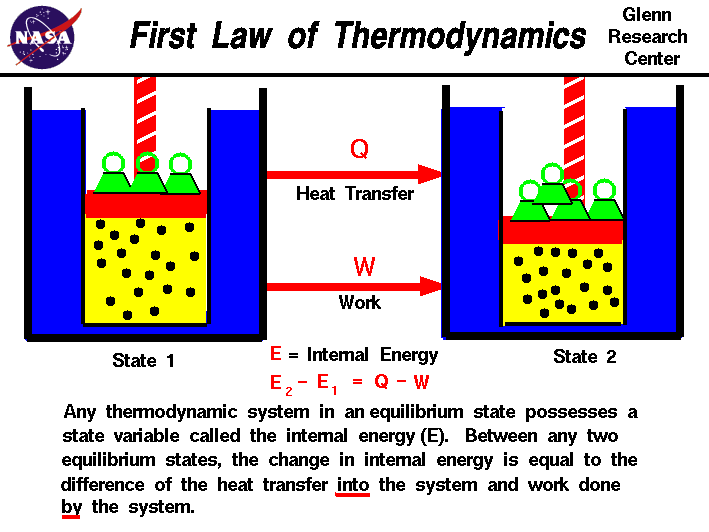
Total energy, including all forms, is always conserved in a closed system. Energy may change in form and move from place to place, but it can never be created or destroyed. Conservation of energy is a fundamental law of nature that we call the first law of thermodynamics. Energy conservation is the underlying reason that perpetual motion machines are impossible. No machine can produce energy from nothing. According to quantum mechanics, even supposedly empty space contains energy, called vacuum energy or zero-point energy, that produces small forces and can be used to perform work via the Casimir Effect. Conservation of energy still holds, however, so that vacuum energy cannot be used to create a perpetual motion machine.
Questions to answer in comments:
The Earth has moved in its orbit around the Sun for several billion years without running down.
Why does this not count as a perpetual motion machine?

If an inventor shows you the blueprints for a perpetual motion machine.
What things would you look for to find the flaw in the design?
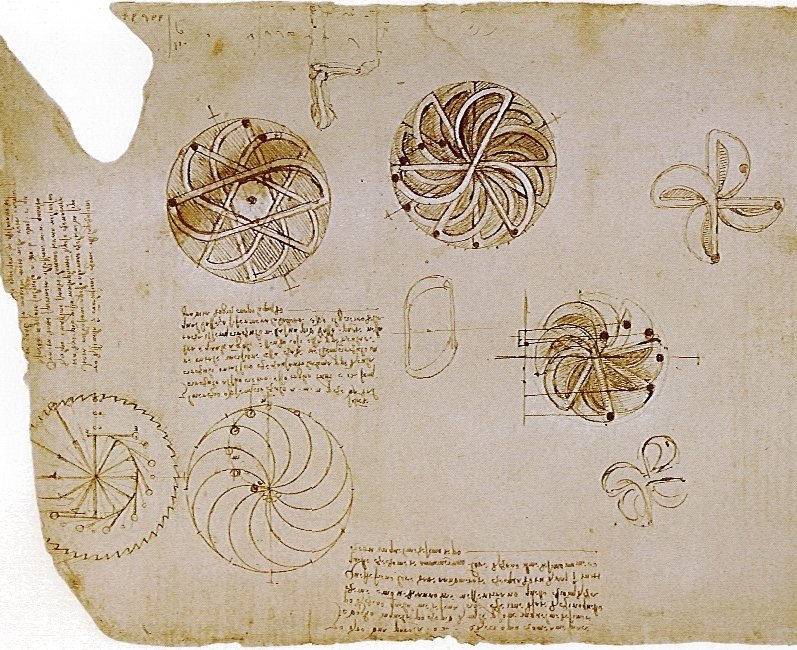
photo credit
Impossible Science
#1 - THREE TYPES OF IMPOSSIBLE
#2 - ALMOST IMPOSSIBLE
#3 - ABSOLUTE ZERO IMPOSSIBLE
#4 - IMPOSSIBLE PERPETUAL MOTION

